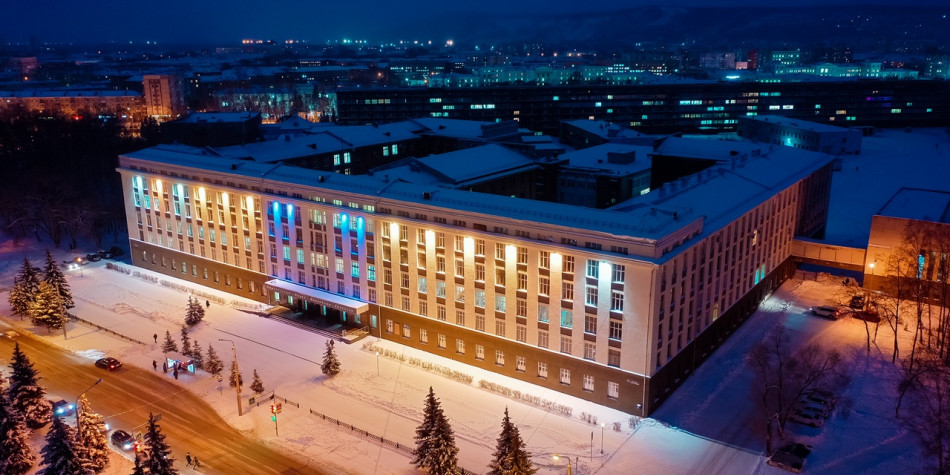
The authors used a fundamentally new method for producing such alloys as WAAM-wire are additive manufacturing (WAAM – wire are additive manufacturing). It has significant advantages over the methods of electric arc melting, induction melting, and mechanical fusion in planetary mills. The authors of this monograph have not only created and studied their own high-entropy AlCoCrFeNi alloy of non-equiatomic composition, but are already modifying its surface by electron beam treatment.
High-entropy alloys are a new and developing interdisciplinary field at the intersection of modern materials science, physical chemistry, metallurgy, and solid state physics. One of their most important properties is their high strength and ductility at low and even cryogenic temperatures. Therefore, they can be very promising for use in the Arctic. Of considerable interest are high-entropy alloys based on rare-earth elements and iron group metals, which can be used to produce low temperatures and new types of coolers.
Over the past 15 years, in economically developed countries, every fifth published work on physical materials science indexed in the Web of Science database relates to this topic.
SibGIU scientists together with their co-authors analyzed over 350 scientific articles and monographs on the deformation behavior of high-entropy alloys, their stability and practical application.



